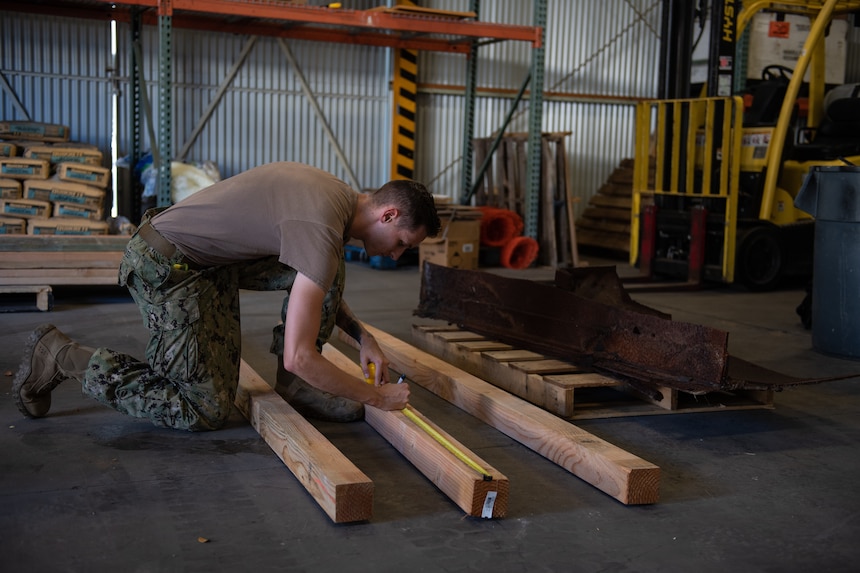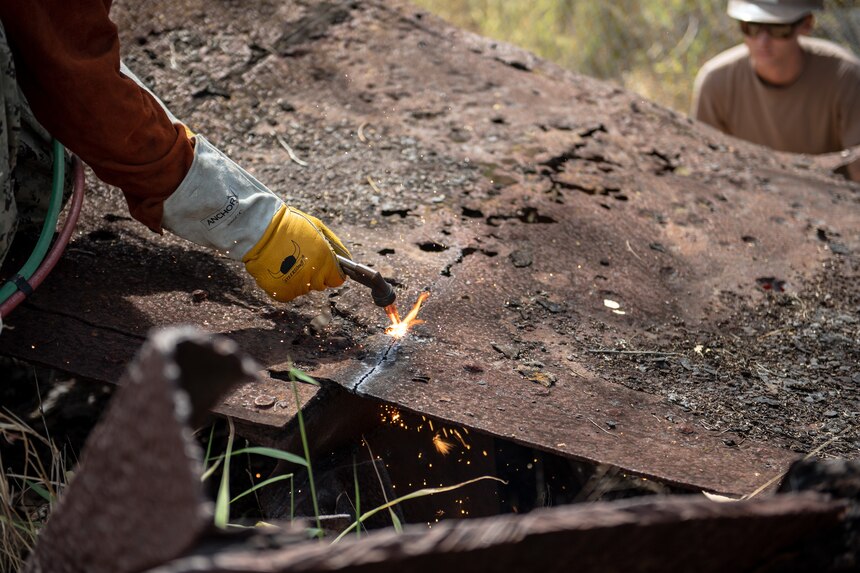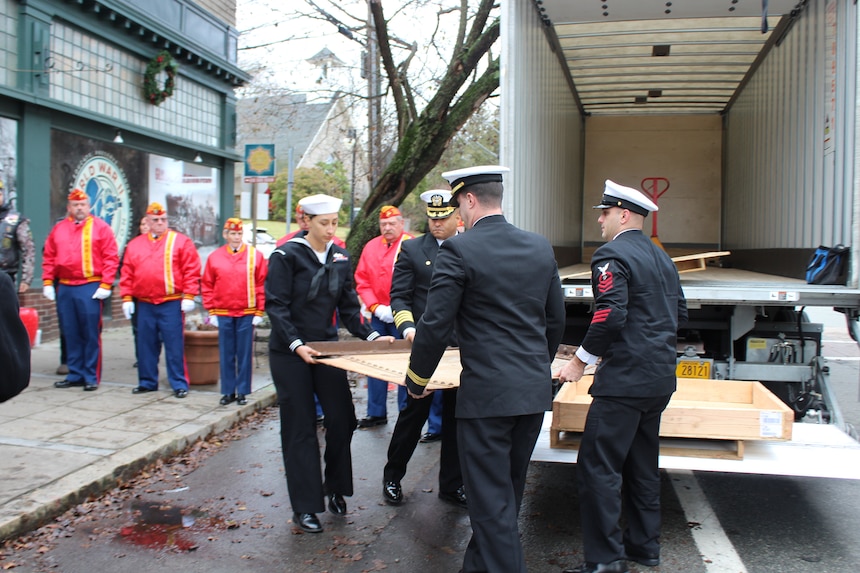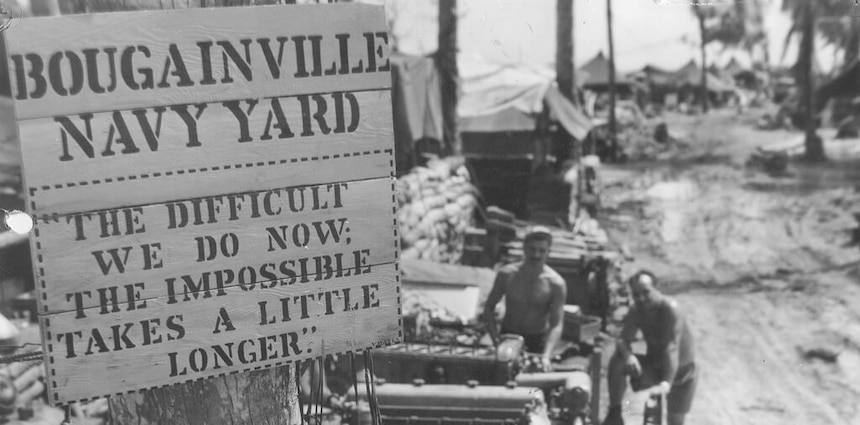Seabees Preserve to Share USS Arizona
By ggranger, / Published May 10, 2019
Story by MC2 Jessica Blackwell, Navy Public Affairs Support Element Detachment Hawaii
In the aftermath, and from the ashes of December 7, 1941, which propelled the United States into World War II, rose a new call and opportunity to serve in the Navy, the Naval Construction Battalions. Today, they are known as Seabees.
At the time of the attack on Pearl Harbor, the Navy used civilian contractors to construct and support bases and other locations. However, with an increasing need to be able to defend and resist against military attacks, civilians could no longer be used. According to the Seabee Museum and Memorial Park, under international law it was illegal to arm civilians and have them resist the enemy. If they did they could be executed as guerrillas. On January 5, 1942, Rear Adm. Ben Moreell received approval to organize the Naval Construction Force. In a matter of days, the first naval construction unit deployed.
[caption id="attachment_17890" align="alignnone" width="618"]
Navy Yard Bougainville with the Seabee Expression, Jan. 2, 1944. (Courtesy of U.S.Navy Seabee Museum)
Today, with seven rates ranging from Builder (BU) to Engineering Aide (EA) to Utilitiesman (UT), Seabees are a fully-functioning construction crew. They are strategically placed, ready to deploy at a moment s notice, and able to build, erect and salvage in various types of environments. Construction Battalion Maintenance Unit (CBMU) 303 Detachment Pearl Harbor is one such unit.
CBMU 303 Detachment Pearl Harbor has the unique opportunity to assist and service the land from which they were birthed. One of their current projects is assisting Jim Neuman, History and Heritage Outreach Manager at Commander Navy Region Hawaii, and his team with the USS Arizona Relics Program.
The USS Arizona Relics Program was born in 1995 when Congress authorized the Navy to move pieces of the wreckage out to educational institutions and not-for-profit organizations, said Neuman.
[caption id="attachment_17889" align="alignnone" width="618"]

190507-N-YM720-1490 PEARL HARBOR (May 7, 2019)
Construction Electrician 3rd Class Mitchell Labree, a Sailor assigned to Construction Battalion Maintenance Unit 303 detachment Hawaii, measures a wooden beam in order to build a shipping crate for a piece of steel salvaged from the USS Arizona. This piece will be shipped to the Imperial War Museum in London and is intended to be a centerpiece for the Pacific War wing of the museum. (U.S. Navy photo by Mass Communication Specialist 2nd Class Allen Michael McNair)

190507-N-YM720-1125 PEARL HARBOR (May 7, 2019)
Steelworker 3rd Class Cameron Fields, crew leader at Construction Battalion Maintenance Unit 303 detachment Hawaii, cuts a piece of steel salvaged from the USS Arizona. This piece, as well as other historical relics, will be displayed in one of more than 100 locations around the world. These visible pieces will allow the public to consider and discuss the significance of the December 7, 1941 attack on Pearl Harbor and World War II. (U.S. Navy photo by Mass Communication Specialist 2nd Class Allen Michael McNair)

WAKEFIELD, R.I. -- Yeoman 3rd Class Stephanie Cortez, Naval Station Newport; Capt. Nick Rapley, Commanding Officer of the Navy Supply Corps School (NSCS); Lt. Stephen Astafan and Chief Petty Officer Andrew Johnson, both also assigned to NSCS, transfer a 200-lb. piece of metal from the USS Arizona from a FedEx delivery truck, into its new home. It arrived this morning directly from Hawaii and was transferred with R.I. State Police Headquarters to the museum. The historic artifact will remain the centerpiece of a display in the museum dedicated to education, preservation, honoring and inspiring others to never forget the sacrifices made by millions during WWII.




